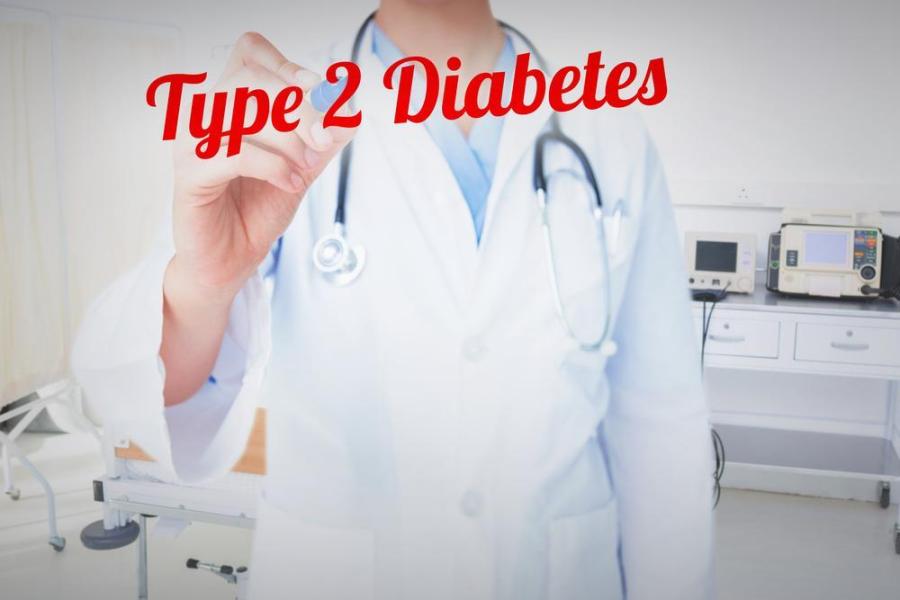
Introduction, Symptoms and Treatment of Type 2 Diabetes
Type 2 Diabetes occurs when the body is unable to produce enough insulin to keep blood sugar at a healthy level and/or when the cells of the body are no longer responsive to the insulin that is being produced. Like Type 1 diabetes, the exact cause is unknown, but thought result from a combination of genetic predisposition and lifestyle factors. Lifestyle factors such as weight, food choices, substance use, physical activity level, and environment.
Accounts for greater than 90% of diabetes cases. Type 2 used to be associated with older patients, but due to western lifestyles and increasing obesity rates in all ages is now becoming an epidemic in the youth as well.
Progression of Type 2 Diabetes:
Early in this disease the pancreas is able to overcome the bodies cellular resistance to insulin and maintain normal blood sugar levels by producing extra amounts of insulin (hyperinsulinemia). Over time the beta cells of the pancreas become fatigued and are unable to keep up with the insulin demand, which results in impaired (decreased) insulin production. This leads to chronically elevated blood sugar levels and the diagnosis of diabetes.
- Pre Diabetes- the beta cells are fatigued and there is an impairment in the secretion of insulin. Blood sugar begins to rise.
- Overt Diabetes: Beta cell impairment continues with an even greater deficiency of insulin. The body is even less responsive to insulin leading to decreased uptake of glucose into the cells. Blood sugar level well above normal range. In addition the liver begins releasing excess glucose in between meals.
Risk Factors for Type 2 Diabetes
- Obesity
- Sedentary lifestyle
- High blood pressure
- High triglycerides
- High alcohol intake
- Family history
- Ethnicity: African American, Indian American, Hispanic
- Mother who had gestational diabetes or giving birth to a baby >10lbs
Hallmarks of Type 2 Diabetes
- Fasting Hyperglycemia occurs >6 hours after meals due to the increased glucose production by the liver
- Postprandial Hyperglycemia occurs directly after meals is caused by the decreased uptake of glucose by the cells
- Insulin Resistance: decreased cellular receptor sensitivity to insulin that results in decreased uptake of glucose into the cell.
Symptoms of Type 2 Diabetes
Symptoms vary per person but typically include the following
- Thirst
- Frequent urination
- Hunger
- Dry mouth
- Headaches
- Fatigue
- Weight loss or gain
The classic 3 P’s; polyuria (frequent urination), polydipsia (excessive thirst), polyphagia (hunger). Thirst is due to dehydration. Frequent urination is due to the body trying to expel the excess sugar through the urine. Both high and low blood sugar cause hunger.
Treatment of Type 2 Diabetes According to ADA
- Start with metformin medication and lifestyle changes at diagnosis (unless metformin contraindicated)
- Add second oral/ injection anti-diabetic medication
- GLP-1 receptor agonist,
- or insulin if oral anti-diabetic medication maximum tolerated dose does not reach blood glucose goals over 3-6 months
- Consider insulin therapy (with or without other agents) at diagnosis of patients symptoms of diabetes and/or elevated blood glucose levels




